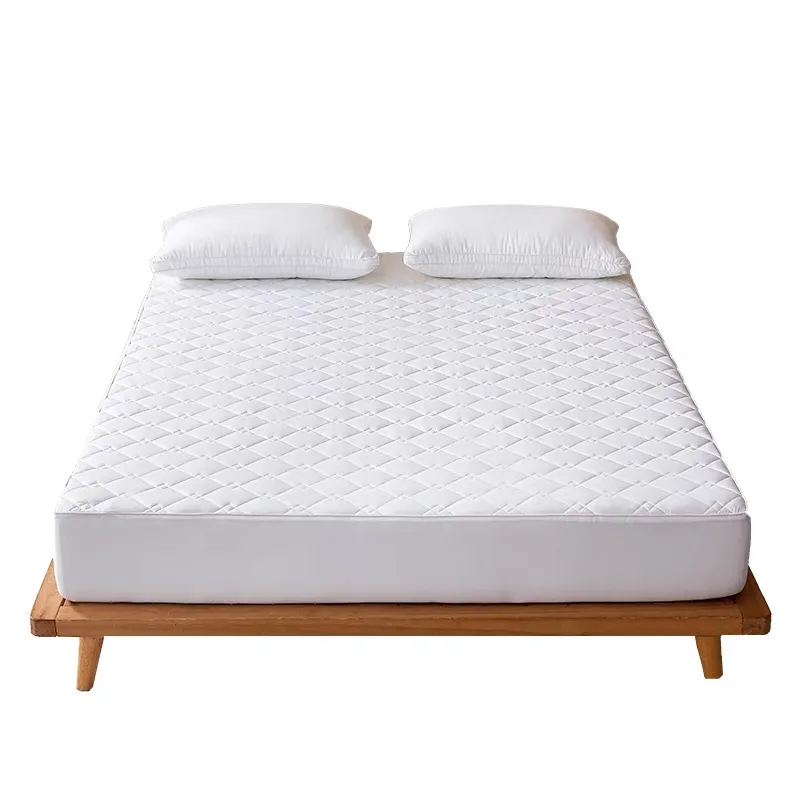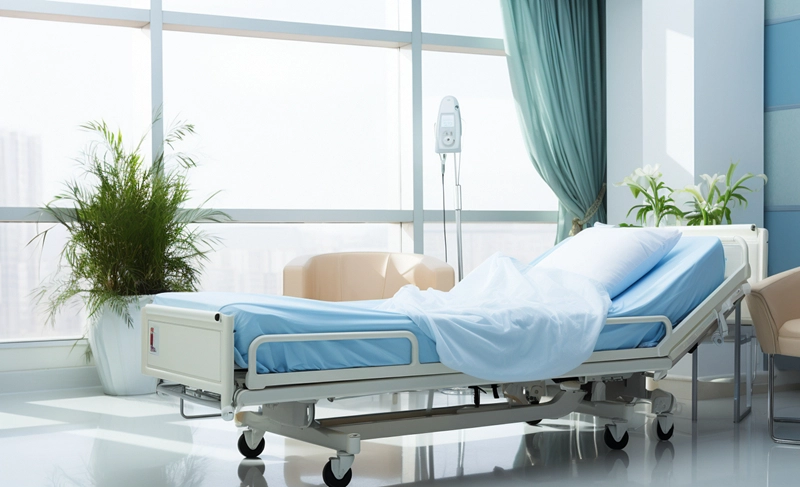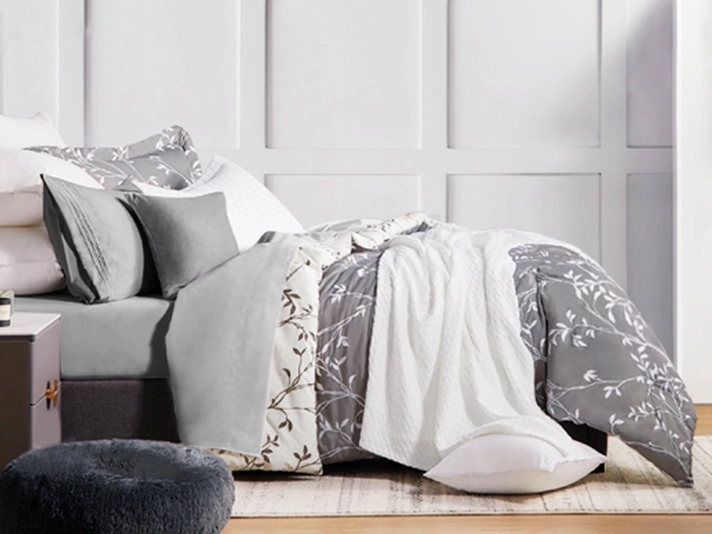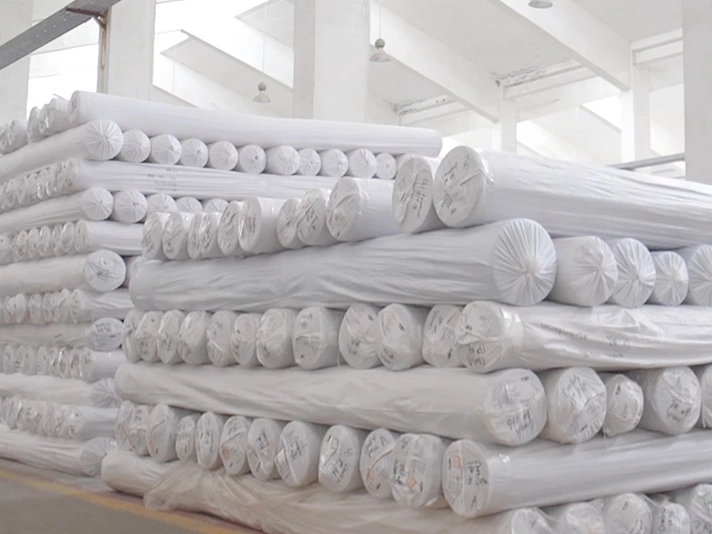Comprehensive Analysis of Hospital Patient Sheets for Enhanced Healthcare Management and Data Accuracy
The Importance of Hospital Sheets in Healthcare
In the realm of healthcare, where patient comfort and hygiene are paramount, hospital sheets play a crucial yet often overlooked role. These seemingly simple items are fundamental to maintaining a sterile environment within medical facilities, contributing to both patient comfort and infection control. This article explores the various aspects of hospital sheets, including their materials, functions, and importance in healthcare settings.
Hospital sheets are typically made from materials that are designed to withstand frequent washing and rigorous use. Common fabrics include cotton, polyester, and blends thereof, which are chosen for their durability, comfort, and ease of cleaning. Unlike regular bed linen, hospital sheets must meet strict healthcare standards to minimize the risk of infection. This is particularly vital in environments such as operating rooms, intensive care units, and general patient wards, where the risk of cross-contamination is heightened.
One of the primary functions of hospital sheets is to provide a barrier between the patient and the bed, promoting hygiene and preventing the spread of pathogens. Each patient has specific needs, and sheets are often used in combination with other linens, such as blankets and pillowcases, to create a comfortable and safe environment. Additionally, hospital sheets need to be changed frequently to keep the area clean, especially in cases of patient spills or contamination.
Comfort is another essential aspect of hospital sheets
. Patients are often in vulnerable positions when receiving medical treatment, and having soft, clean sheets can greatly enhance their experience. A good night’s sleep is critical for recovery, and a comfortable bed can significantly impact a patient’s ability to rest and heal. Healthcare providers are increasingly aware of the need to balance comfort with functionality, leading to innovations in fabric technology, such as incorporating moisture-wicking properties to keep patients dry.hospital sheets

The design and fit of hospital sheets are also noteworthy. Many hospitals opt for fitted sheets with deep pockets to ensure they stay in place, regardless of how much the patient moves. This attention to detail helps improve the overall patient experience while ensuring the sheets remain hygienically secure.
Furthermore, hospital sheets are often color-coded or marked for specific purposes, such as indicating the level of care needed or the presence of specific infections. This can streamline processes for healthcare providers, allowing them to quickly identify the appropriate protocols to follow in caring for each patient.
In recent years, sustainability has become an important consideration in the manufacturing of hospital sheets. Hospitals are increasingly looking to source eco-friendly products, such as organic cotton sheets or those made with sustainable manufacturing processes. This shift is not only better for the environment but also appeals to the growing number of patients who prioritize sustainability and ethical practices in their healthcare choices.
In conclusion, while hospital sheets may seem like a trivial part of the healthcare system, their significance cannot be overstated. They are a vital component in infection control, patient comfort, and the overall quality of care. As the healthcare landscape continues to evolve, so too will the materials, designs, and practices surrounding hospital sheets. Recognizing their importance helps ensure that healthcare environments can provide the best possible experience for patients, aiding in their recovery and overall well-being. Investing in high-quality hospital sheets is not merely a matter of hygiene; it is an investment in patient care and comfort.
-
Creating a Spa Day with Plush Waffle Bath RobesNewsAug.14, 2025
-
How to Cut Linen Maintenance Costs by 30% with Proper Polycotton IroningNewsAug.11, 2025
-
Elevating Comfort and Quality with the Right Bed LinenNewsJul.07, 2025
-
Bedding Essentials: From Percale Sheets to White Quilts, Finding Your Perfect Sleep HavenNewsJul.07, 2025
-
Choosing the Right Bedding for a Comfortable and Stylish BedroomNewsJul.07, 2025
-
Understanding the Diverse World of Towel TypesNewsMay.29, 2025
-
The Ultimate Comfort: Discover the Benefits of Polycotton SheetsNewsMay.29, 2025






